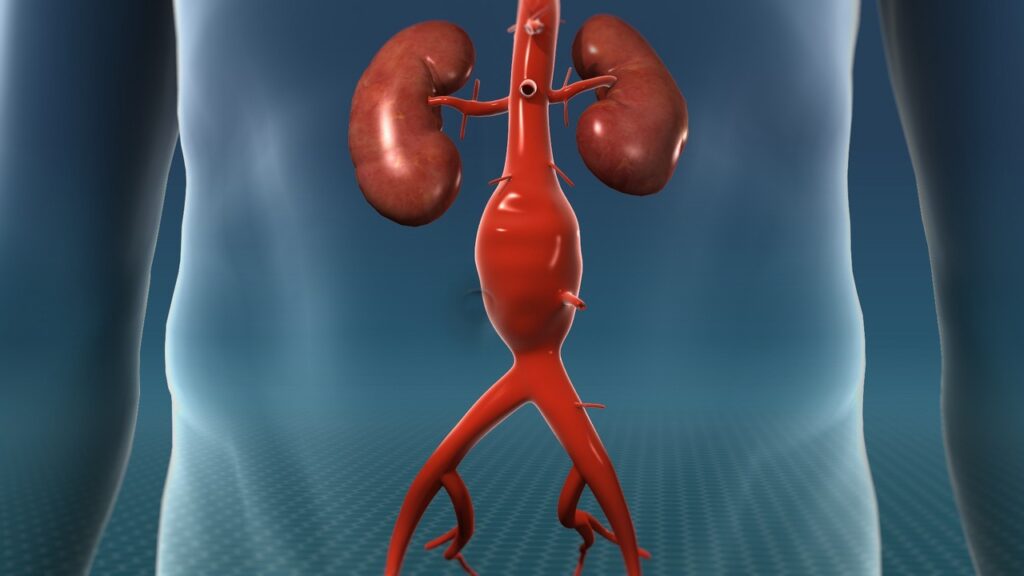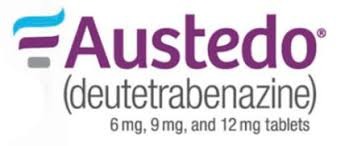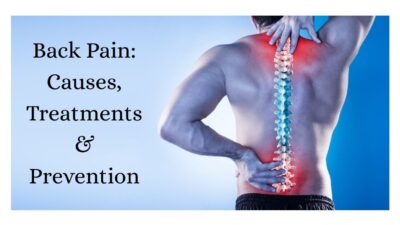What is Abdominal Aortic Aneurysm (AAA)?
An abdominal aortic aneurysm is a life-threatening bulge in the aorta—the body’s largest artery—located in your abdomen. Often called a “silent killer,” AAAs grow undetected until rupture, causing catastrophic internal bleeding. Understanding this condition could save your life or someone you love.
Table of Contents
Abdominal Aortic Aneurysm Symptoms
Most AAAs are symptomless until they become dangerously large or rupture. However, some warning signs may include:
- Pulsating sensation in the abdomen (like a heartbeat in your stomach)
- Deep, persistent pain in the lower back or side
- Sudden severe abdominal pain, often radiating to the groin or legs
- Dizziness, fainting, or clammy skin
- Nausea or vomiting, caused by pressure on the digestive system
What Causes an Abdominal Aortic Aneurysm ?
| Cause | Impact on the Aorta |
|---|---|
| Atherosclerosis | Buildup of plaque weakens and inflames the arterial walls |
| Genetic Disorders | Conditions like Marfan syndrome cause connective tissue defects |
| Smoking | Damages blood vessels and increases rupture risk by 8 times |
| High Blood Pressure | Constant pressure erodes the arterial wall |
| Infections & Trauma | Rare but possible causes, such as syphilis or blunt trauma |
| Age & Gender | Men over 65 are six times more likely to develop AAA than women |
AAA Size and Risk of Rupture
| Aneurysm Diameter (cm) | Annual Rupture Risk | Recommended Action |
|---|---|---|
| Less than 4.0 | <1% | Annual monitoring |
| 4.0–4.9 | 1–3% | Scan every 6 months |
| 5.0–5.4 | 5–10% | Consider surgical repair within 6 months |
| 5.5 or larger | 20–50% | Emergency surgical intervention |

Abdominal Aortic Aneurysm Treatment
1. Watchful Waiting (Monitoring)
- Recommended for small AAAs (<5 cm)
- Regular ultrasound or CT scans track growth
2. Open Surgical Repair
- Large incision to remove aneurysm and replace with synthetic graft
- Pros: Long-term durability
- Cons: 6–8 weeks recovery, higher complication rate
3. Endovascular Aneurysm Repair (EVAR)
- Minimally invasive; stent graft placed via catheter
- Pros: Faster recovery, 2–3 days hospital stay
- Cons: Long-term monitoring for endoleaks
Abdominal Aortic Aneurysm Side Effects & Complications
From Untreated AAA:
- Rupture: 80–90% mortality rate
- Blood Clots (Thrombus): Can travel and cause strokes or blocked arteries
- Organ Damage: Pressure on nearby organs may lead to failure or gangrene
Post-Surgery Risks:
- Endoleaks: Blood leaking around the stent in EVAR
- Graft Infection: Serious and life-threatening if not detected early
- Bowel Ischemia: Decreased blood flow to intestines
- Erectile Dysfunction: Nerve damage during open surgery
Myths vs. Facts
- Myth: “AAAs only affect elderly men.”
Fact: 10% occur in women—often with higher rupture risk. - Myth: “Surgery is always needed.”
Fact: Small AAAs may never require intervention. - Myth: “Pain means it’s growing.”
Fact: Pain often signals rupture—seek ER care immediately.



